
By expressing herself and speaking Vietnamese fluently, Sung Y Soan (5 years old) in Pa Hang hamlet, studying at Pa Co Kindergarten, Pa Co commune (Mai Chau), confidently plays the role of a young female tour guide introducing to the group of tourists unique cultural products associated with the customs, habits and traditions of her people. Teacher Ha Thi Nhat, Principal of the school, shared: The boldness and confidence in communicating in Vietnamese and the children's personal abilities are evidence of the effectiveness and importance of the model "Building an environment to enhance Vietnamese for Mong ethnic children associated with local culture". Implemented in an area where Mong people live in concentration, there were many difficulties at first because communication in the community here is mainly in Mong, people rarely use, or even do not use Vietnamese.

Pa Co Kindergarten (Mai Chau) built a local cultural space corner - where teachers guide children to get acquainted with new words and practice Vietnamese pronunciation.
For the school, the quality of the Vietnameseeducation program is not as expected due to the language barrier between children and teachers. In addition to a few teachers from other regions, most of the teachers in the school are native speakers, so communication in the Mong language is more common. With limited Vietnamese, children can only listen and speak short, simple sentences. Language barriers limit their learning, making them more shy, timid, and unconfident in participating in educational activities.
Starting from the 2022-2023 school year, the model will be implemented to build a friendly classroom environment with activity corners designed to be open, with links between corners so that children have the opportunity to interact, exchange, and communicate with each other in Vietnamese. Available materials, associated with traditional culture and familiar to children, are utilized to create miniature spaces (shirts, skirts, panpipes, etc.). On the other hand, walls, utensils, and equipment in the classroom are hung/pasted with a variety of Vietnamese symbols, numbers, and letters. Activities to enhance Vietnamese are integrated with daily child care and education activities, language games, communication activities between children and children, between teachers and children, and people around them. At the end of an activity, teachers pay attention to correcting children who do not speak correctly and pronounce again with them.
Vietnamese for children is also enhanced through library corner activities. Groups and classes regularly change new books and stories, suitable for educational topics. Library corners and book corners are arranged flexibly, creatively, and conveniently for children to use. When organizing library reading activities, teachers use bilingual forms (Mong - Vietnamese) before, during, and after reading to help children remember and understand easily. The school also designs and builds activity corners for children outside the classroom, such as: nature corners, movement corners, local cultural space corners... to encourage children to communicate and interact with each other in Vietnamese, helping to open up and increase Vietnamese vocabulary and pronunciation skills. Children are also given a favorable environment through talks, exchanges, and thematic activities to communicate in Vietnamese, get acquainted with new words, and review and consolidate words and sentences they have learned. The school also closely coordinates with the children's parents, takes measures to promote and encourage the community where the children live to increase communication with the children in Vietnamese.
Comrade Sung A Chua, Vice Chairman of Pa Co Commune People's Committee affirmed: The Party Committee and the government always pay attention to and support the school in the process of deployment and implementation and find the model suitable for the local context. The model has changed the community's perspective on the necessity of enhancing Vietnamese for ethnic minority children, where preschool education is the premise for the following levels of education, helping them improve their comprehensive capacity, contributing to the progress and sustainable development of society.
The model was visited by Hang Kia Kindergarten and a number of other units and schools to study and research the possibility of replication. Along with the significant improvement in the rate of children confidently communicating in Vietnamese in schools reaching 95%, the new point of the model is to help children overcome language barriers, at the same time have many opportunities for collective activities, become a bridge to help relatives in the family and the community communicate in Vietnamese; local teachers have a lot of experience, standard Vietnamese pronunciation skills to implement the preschool education program more effectively; families and schools have close coordination in caring for, nurturing, and educating children...
Bui Minh
Source


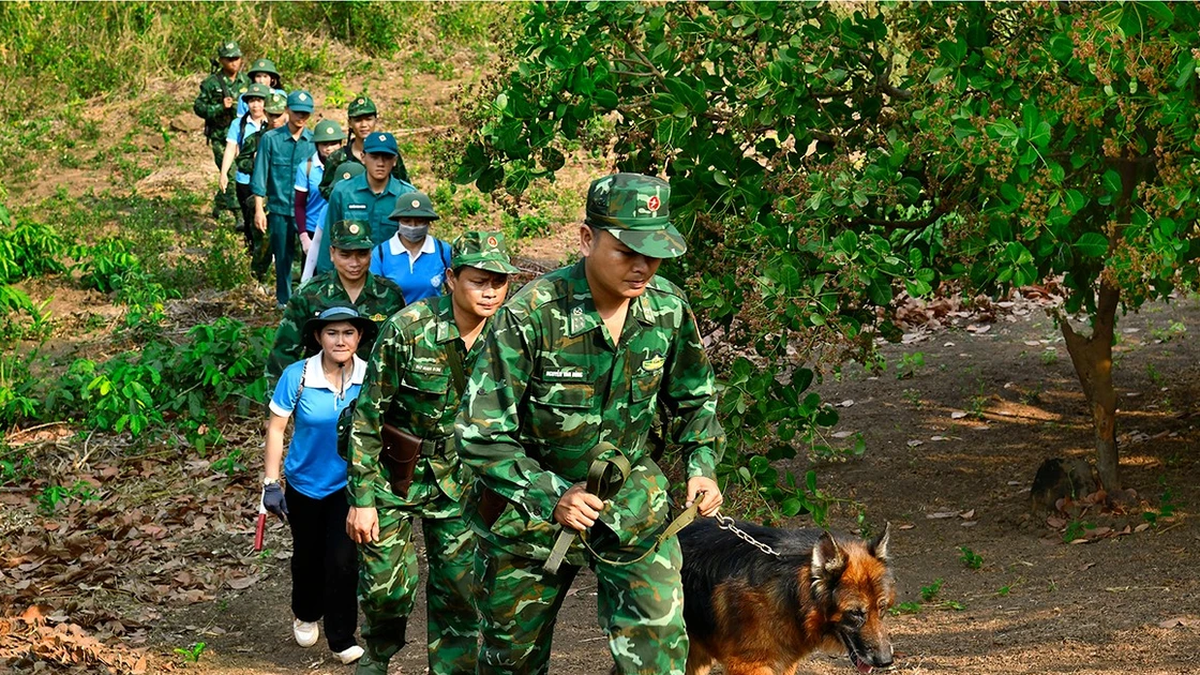


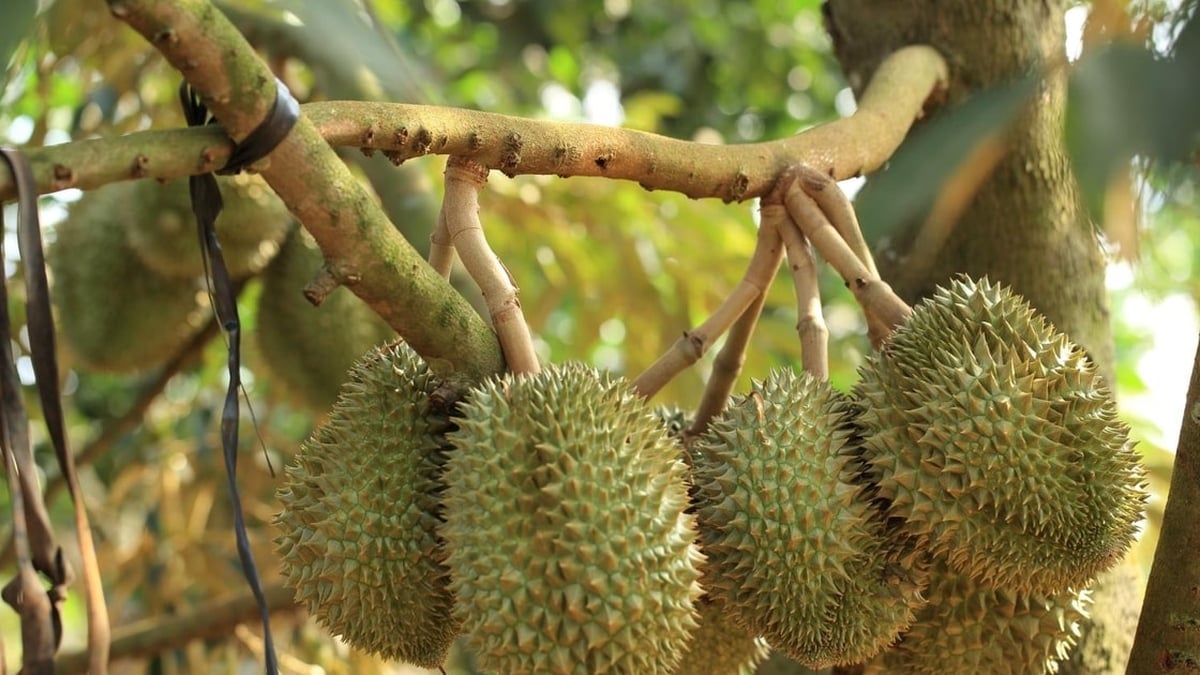

![[Photo] International community congratulates Vietnam on having more landscapes recognized as World Cultural Heritage](https://vphoto.vietnam.vn/thumb/1200x675/vietnam/resource/IMAGE/2025/7/13/58ec71f73ae644bfb5bab9c99043bb7d)



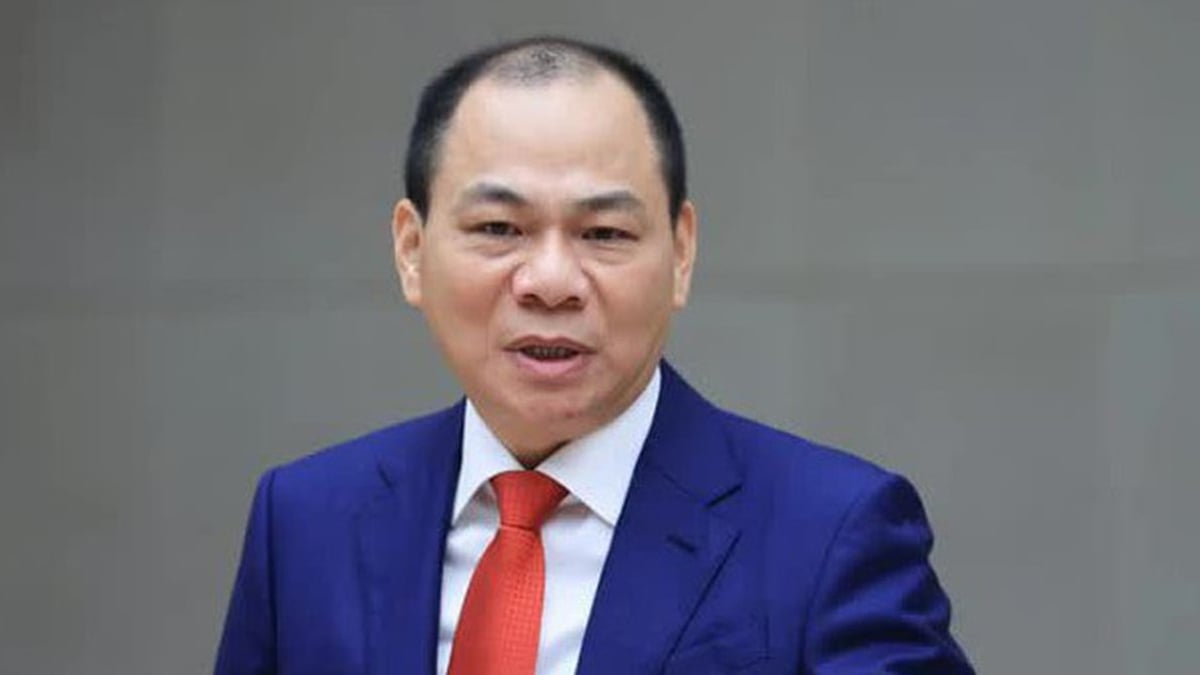















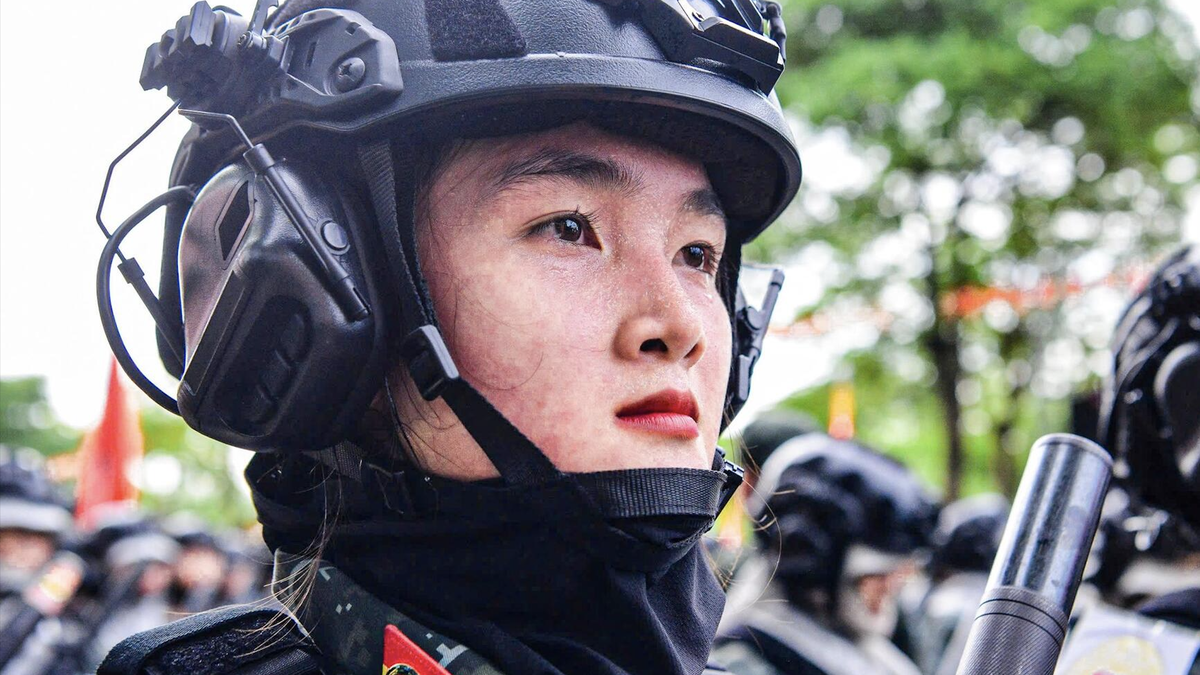

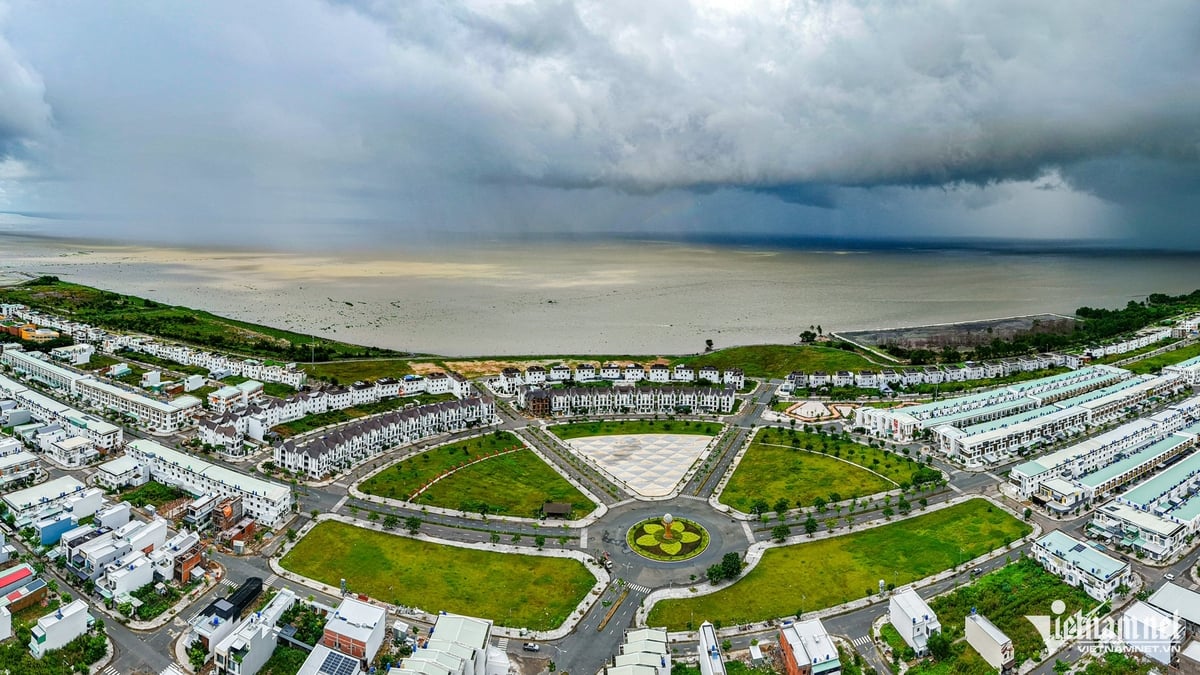
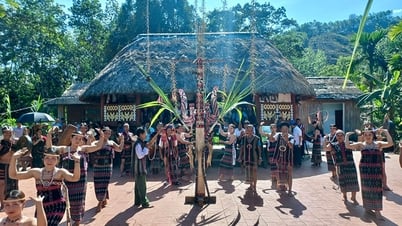







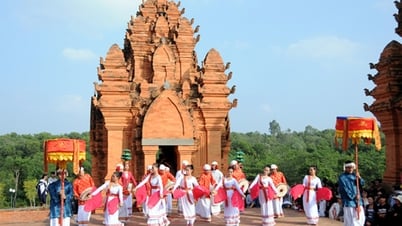



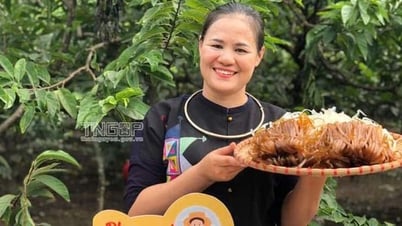


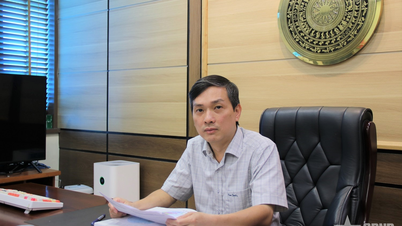

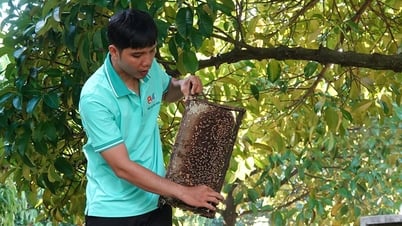

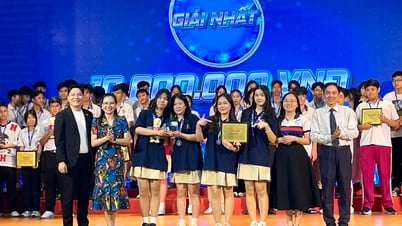

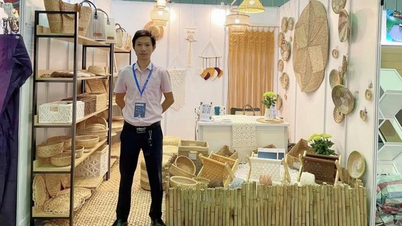
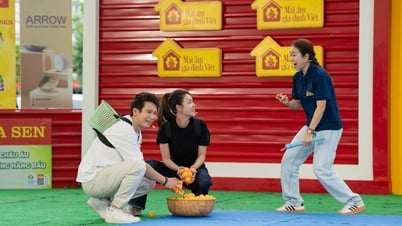


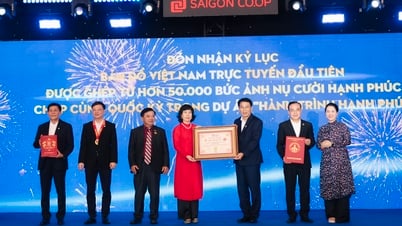
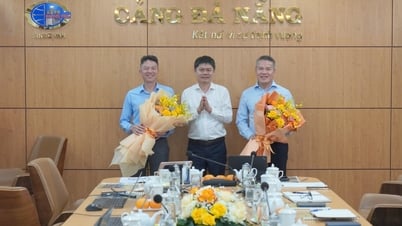
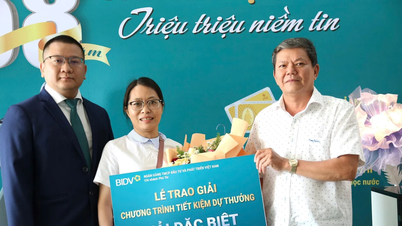

![[Photo] International community congratulates Vietnam on having more landscapes recognized as World Cultural Heritage](https://vphoto.vietnam.vn/thumb/402x226/vietnam/resource/IMAGE/2025/7/13/58ec71f73ae644bfb5bab9c99043bb7d)




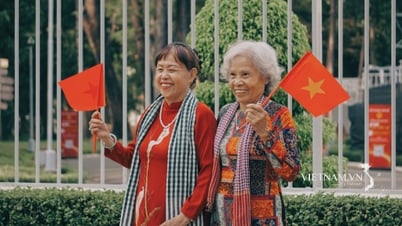
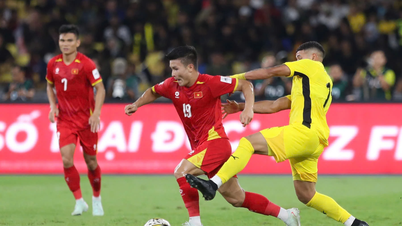

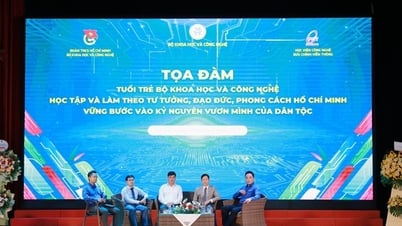

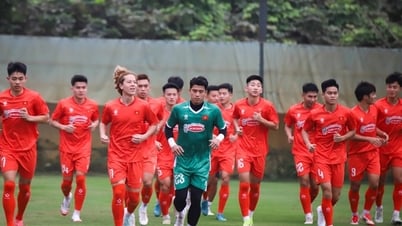

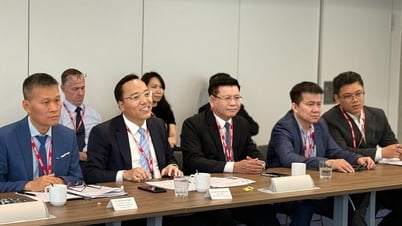

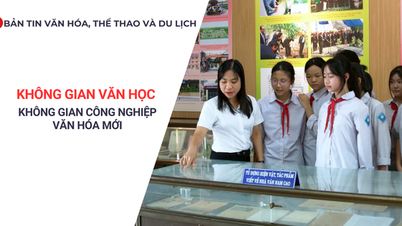
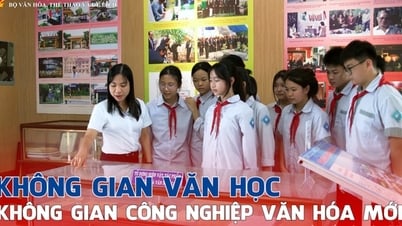
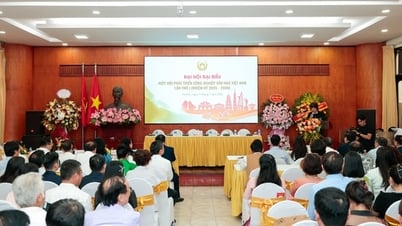







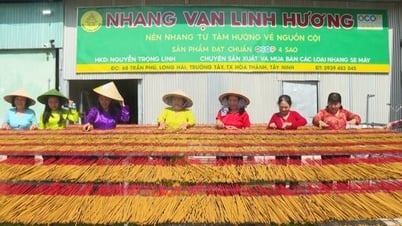

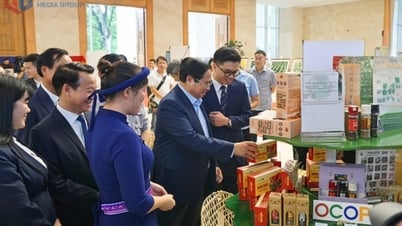

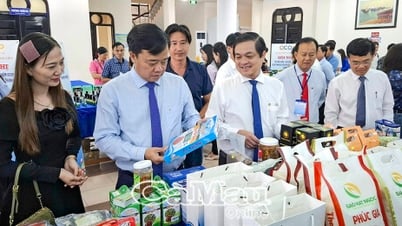



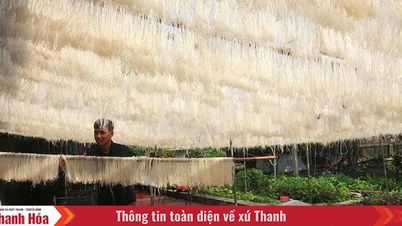

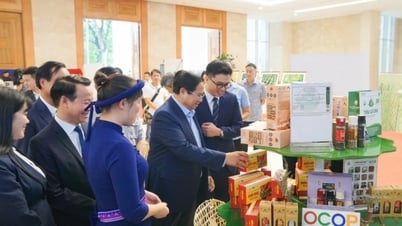

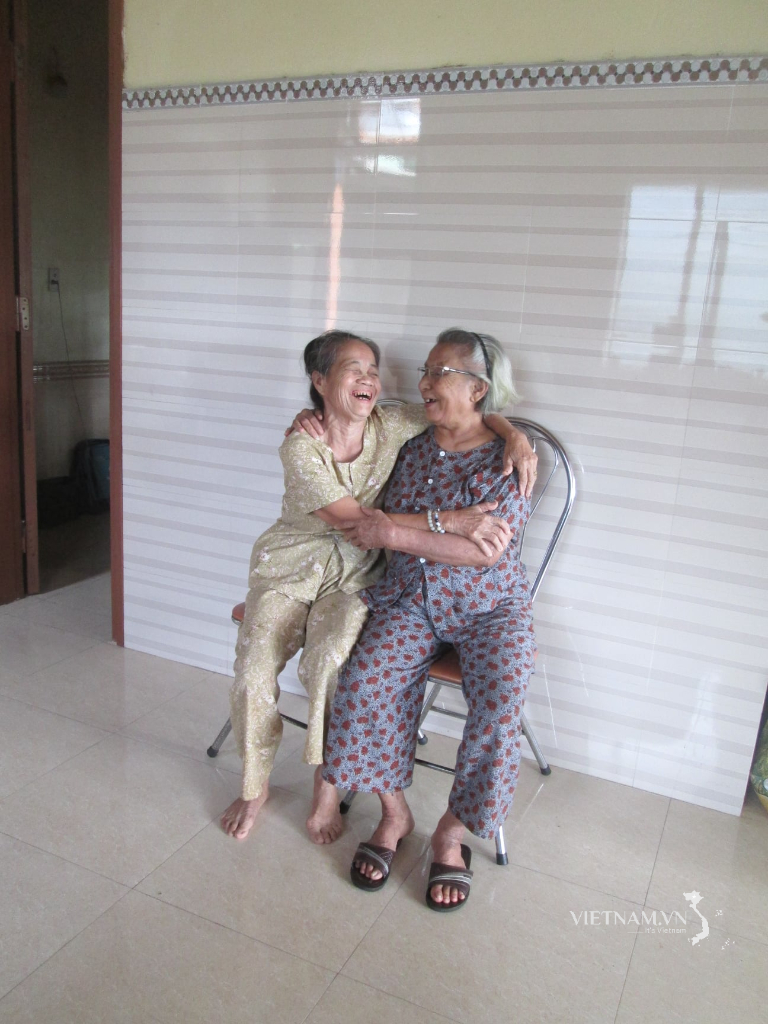
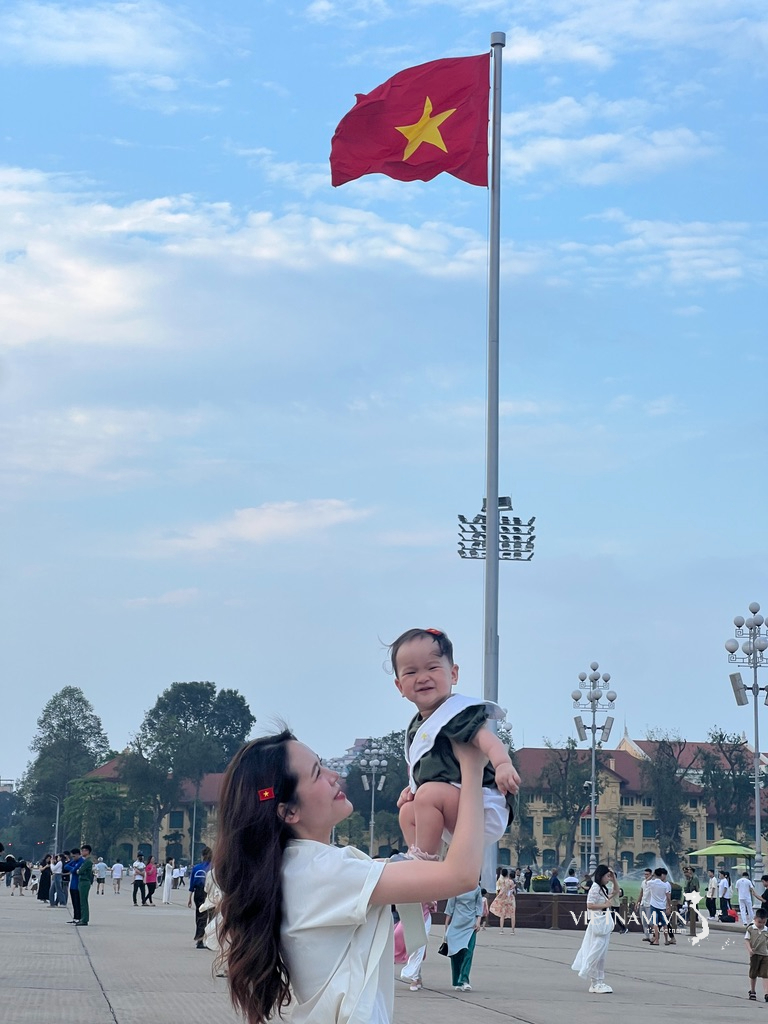
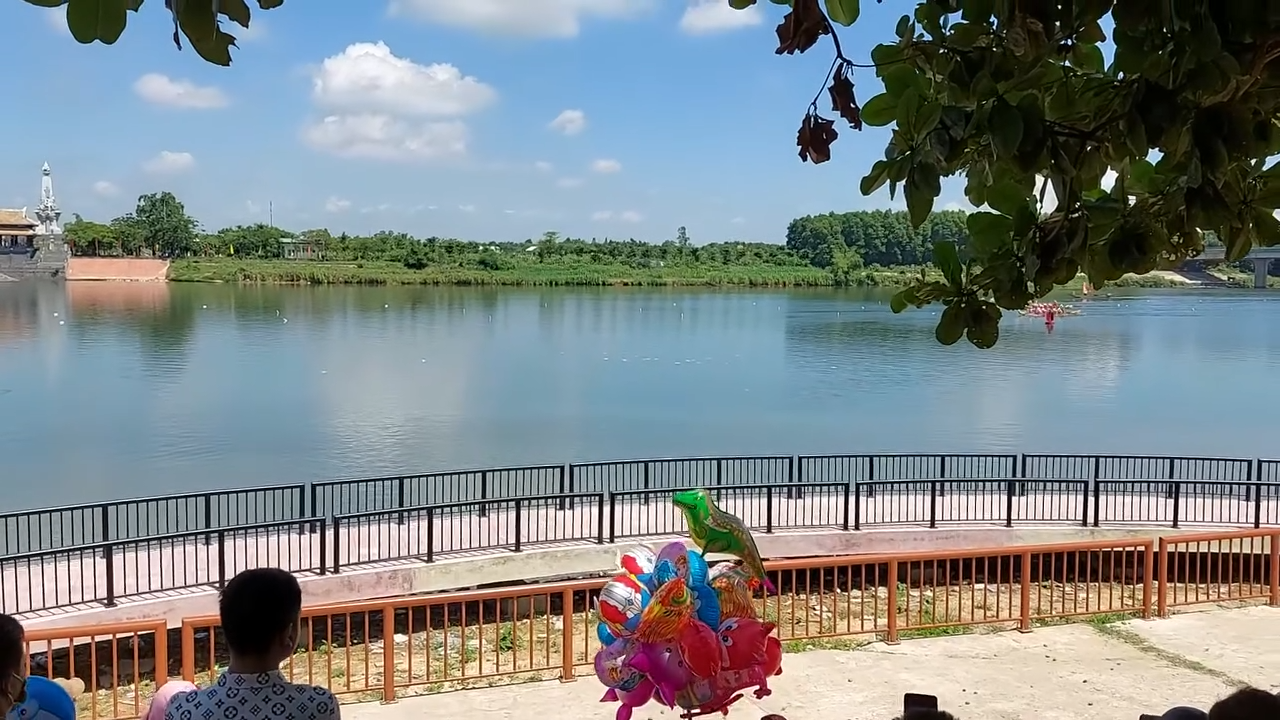

Comment (0)